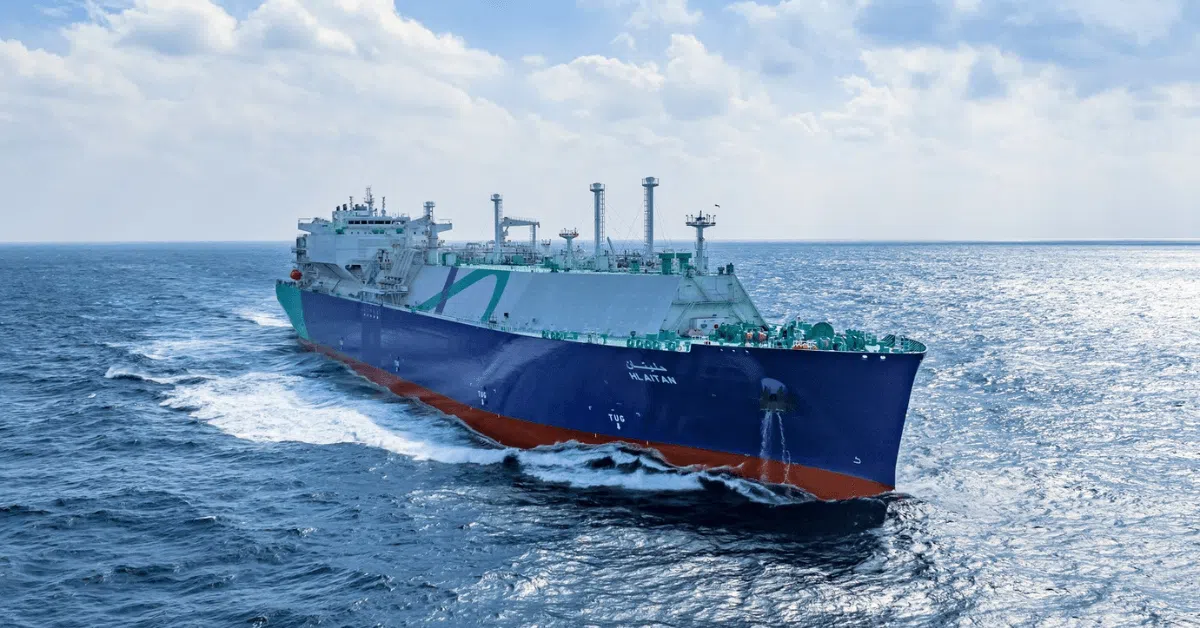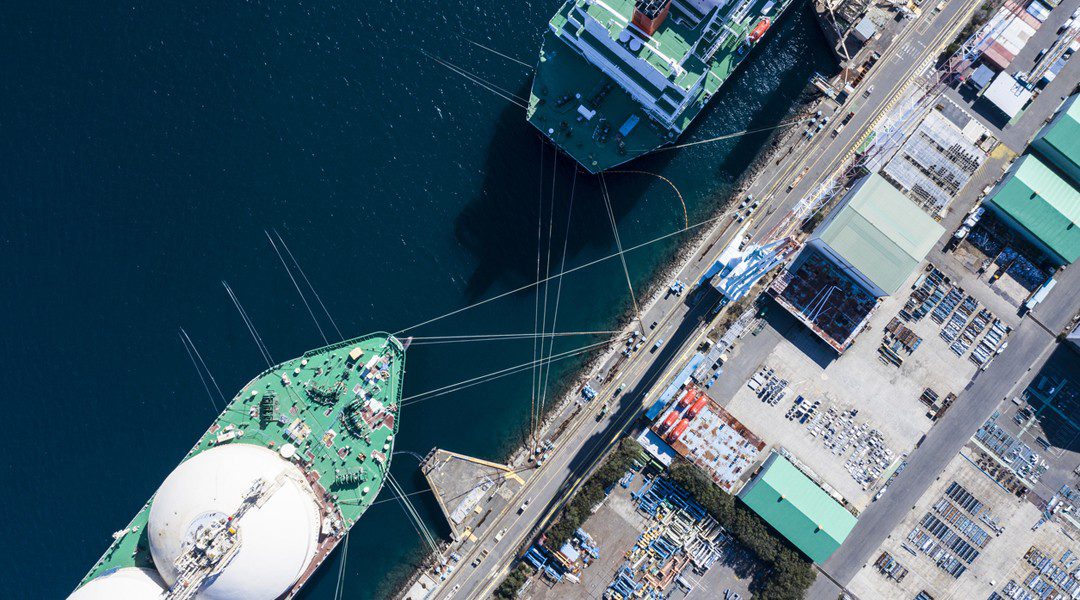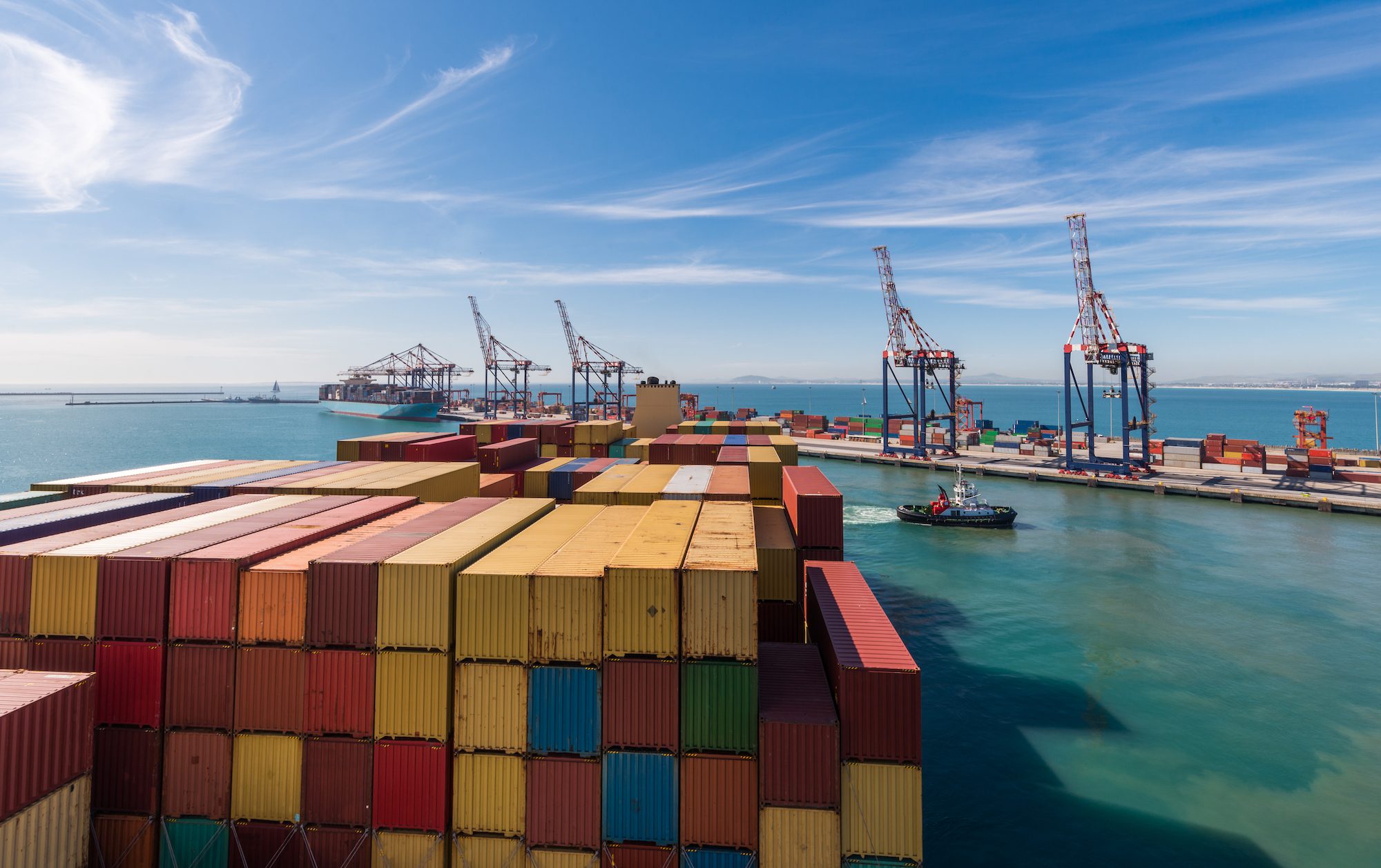Inmarsat parent company Viasat has confirmed that its second ViaSat-3 satellite (F2) has been scheduled for launch in late October 2025 aboard a ULA Atlas V551 from Cape Canaveral, with commercial service expected by early 2026.
The company says that this single ultra-high-capacity satellite will be able to deliver more bandwidth than Viasat’s entire existing fleet, which includes all Inmarsat satellites, such as the Global Xpress network. Equipped with dynamic beamforming, it will allow capacity to be concentrated in busy regions as required.
The added capacity from F2 is expected to improve service performance across existing Inmarsat networks, such as its NexusWave platform.
The ViaSat-3 programme consists of three Ka-band satellites – covering the Americas (F1), EMEA (F2), and APAC (F3) – each targeting around 1 Tbps of capacity. F1, which launched in 2023, has already entered service for aviation customers, though at reduced capacity following an antenna deployment issue.
Viasat says F2 is central to its multi-orbit strategy, already a core element of NexusWave for maritime, and will allow the company to scale performance, increase the number and density of users, and deliver new connectivity services to the mobility sector, including shipping.
The exact date and timing of the F2 launch will be confirmed by ULA closer to liftoff.




